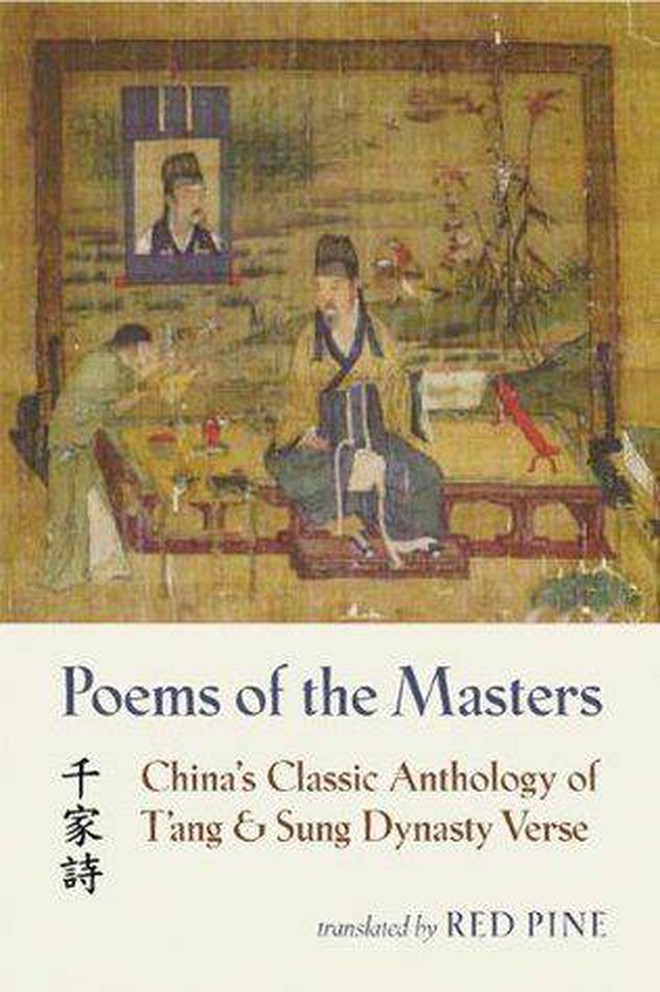
The Tale of Genji was written in the late 900s C.E. by a woman known to history by the name Murasaki. The work is considered by many to be the earliest novel ever written. The author was believed to have been a lady in the emperor’s court and her observations are said to be a thinly disguised fictionalization of the people she knew. Most people who are familiar with Japanese literature will say the work is one of the greatest, if not the greatest, work in Japanese literature. It is interesting that the greatest work in Japanese literature would have been written by a female. But this was in part due to the circumstances of the time. Scholarly men were taken with things Chinese and with Chinese calligraphy.
Although the story of the adoption of Chinese characters is more complicated than space permits here, what happened was that women (who usually were not “allowed” to study Chinese) wrote “Japanese,” that is to say, not in the Chinese script or manner.
In keeping with this tradition, Yamabuki translates poems from the Chinese into the more decipherable and accessible characters used to write Japanese. The Yamabuki series seeks to honor those early writers and writings which often came from the brushes and ink stones of women. The night before Yamabuki crosses the Kanmon Strait, she translates a Chinese poem and modifies it for her purposes. The poem upon which her translation is based is an actual poem called Shengkuo Temple and was written by the 9th century Chinese poet, Ch’u-mo. The original can be found here: http://books.google.com/books?id=ctjhRx28qDgC&pg
Her translation is:
A winding overgrown trail Leading down from soaring peaks Ageless trees at the Barrier Strait Blue skies merge with churning waters
The first four chapters of Cold Blood take Yamabuki down a trail at the foot of soaring peaks. There she stands at the Barrier Strait looking at the blue skies and waters that separate Kyushu from Honshu.